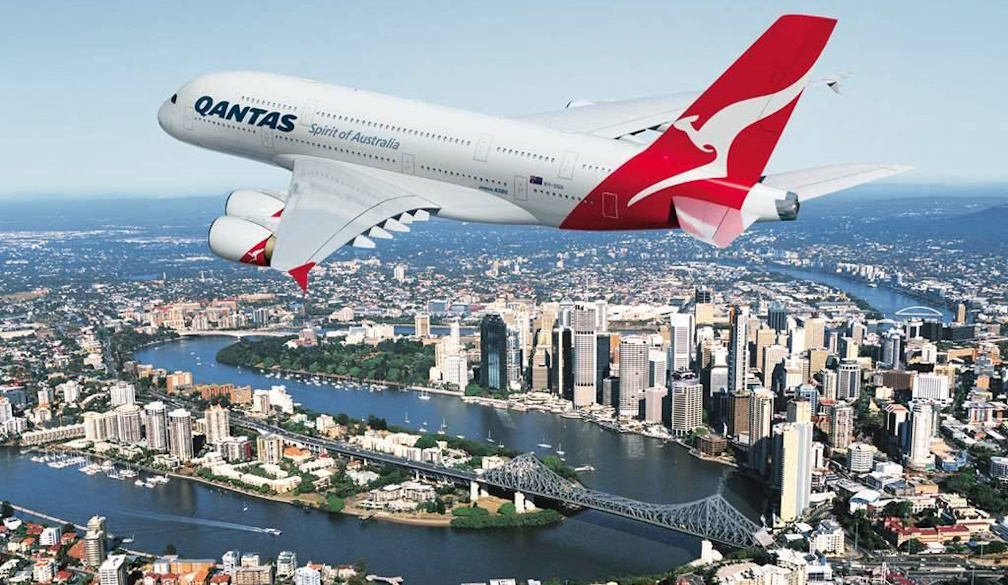You don’t have to be an economist to know Australia is in a cost of living crisis
- Written by John Hawkins
 h
hEvery day the higher price of seemingly everything is mentioned in the news or in conversations with friends and acquaintances.
The impact is clear as we are required to pay more for most things from our weekly shop and power bills, to filling the car and swimming lessons.
So what is the cost of living and how is it measured?
The “cost of living” refers to the prices people need to pay to meet their needs in their everyday lives.
The most commonly cited measure is the Consumer Price Index compiled by the Australian Bureau of Statistics.
This represents the price of a fixed basket of goods and services. The items in the basket reflect the spending of metropolitan households. Each item is given a weight corresponding to its share in the spending of these households. The CPI does not include the price of land or financial assets such as shares.
The rate of change of prices is known as inflation.
Inflation rose sharply in the 1970s, especially after the oil price shocks. It took a long while to get it down. The Reserve Bank adopted an inflation target of 2-3% in the early 1990s to keep inflation low over the medium term. After a long period of low inflation, it rose sharply again during 2022.
It is now declining.
A similar pattern is seen in comparable economies such as the United States and New Zealand. The supply bottlenecks caused by COVID have eased and economic activity is slowing in response to the increases in interest rates in most economies.
Not all prices rise at the same rate
Some prices rise fairly smoothly in line with the overall CPI. Others, such as petrol and fresh food, are much more volatile.
Since 1972 the price of the CPI basket has increased almost 12-fold. But some prices have increased much more.
Cigarettes cost almost 60 times as much (reflecting increased taxes). Labour-intensive hairdressing costs 20 times as much. Prices of other goods have gone up much less, especially after Australia cut tariffs and started importing more from low-cost producers. Over the past decade the prices of clothing and computers have fallen.
People often believe inflation is higher than the CPI reports. Big price rises are more noticeable. You seldom see headlines about prices that have not changed. And when was the last time you heard a discussion about how clothing has been getting cheaper?
House prices are now more than 50 times as high as in 1972, a much larger increase than the CPI. Some of this, however, represents quality changes rather than pure price changes. The average Australian house has roughly doubled in size and may now be the largest in the world.
My inflation is not the same as yours
The CPI reflects the prices faced by an average household. About half of households will have experienced a higher increase in the prices they pay, and half will have seen a lower increase.
Different households consume different goods and services. Retirees tend to spend more on health care and less on childminding. A higher proportion of the spending of lower income households goes on necessities rather than luxuries.
For the “average” household, almost 4% of spending is on tobacco. But of course non-smokers spend nothing while heavy smokers spend much more. So that large rise in cigarette prices affects some people significantly and others not at all.
The ABS publishes some separate living cost indices. The data get much less attention, partly because they are released after the CPI. These differ from the CPI in that they include interest charges. They are also prepared relating to different classes of people.
Over the year to June 2023, the living costs of employees rose by 9.6% but those of self-funded retirees by 6.3% and age pensioners by 6.7%. The main reason for the difference was that interest rates increased and employees are more likely to have a mortgage than are retirees.
These compare to the 6% increase in the CPI over the same period.
Cost of living problem
The cost of living becomes an increasing problem when incomes, notably wages, fail to keep up with it. Over long periods of time, wages tend to grow faster than prices. The economy becomes more productive over time and the gains flow to both workers and companies.
But over shorter periods, this may not be the case. Last week’s data show wages grew by only 3.6% over the year to the June quarter. This is well below the current inflation rate of 6%. But it is around the growth in prices forecast by the Reserve Bank for the coming year.
As well as an income for workers, wages are a major cost for businesses. So if wages grow too fast, and particularly were they to accelerate, there is a risk of a wage-price spiral.
The 3.6% annual wage increase for the June quarter is slightly less than the 3.7% recorded in the March quarter. The quarterly growth rate has been steady at 0.8% for the past three quarters. If labour productivity grows close to its medium-term average, this size of wage increase should not be a concern.
If business starts to expect raw material and input prices, and prices charged by their competitors, to keep growing strongly, they will be likely to keep increasing their own prices a lot. This risks a price-price spiral.
The Reserve Bank is trying to steer the economy along what it calls a narrow path.
It hopes it has raised interest rates enough to slow the economy and return inflation to its 2-3% target within a reasonable time frame. But it hopes it has not raised them too far, which would push the economy into a recession and lead to a large rise in unemployment.
The bank’s goal is to have the cost of living rising by around 2-3% per year and incomes a bit more than this, so living standards steadily improve for all Australians over time.
This article first appeared in The Conversation






